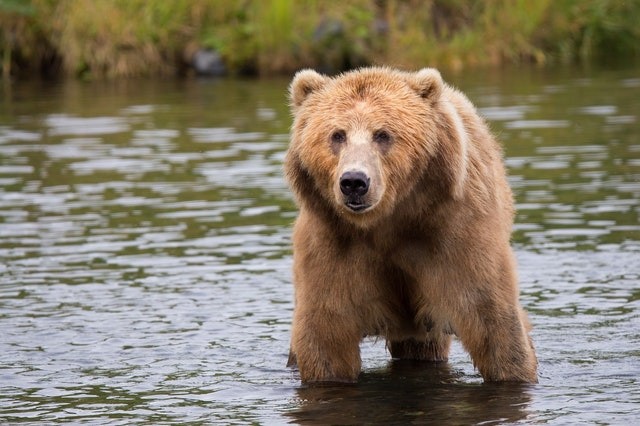A new discovery about brown bears in the distant forests of Sweden is an unfortunate sign of the extent the mess of humanity can reach - but a good instance of how humans can change things with simple actions.

Antibiotic Resistance
The rising problem of antibiotic resistance following industrial-scale production of antimicrobial products began in the 1940s and can be traced in the teeth of Swedish brown bears - Ursus arctos. Beginning from the 1950s, the mammal reveals an increase in antibiotic resistance.
However, following the 1990s, when Sweden began regulations that control antibiotics usage, the antibiotic resistance of the bears decreased.
This indicates that regulation is a potent tool for alleviating anthropogenic environmental harm.
For decades, antibiotic resistance has been a developing problem. Antimicrobial drugs control molds' defense systems like Penicillium. Naturally, these molds make antibiotic molecules to guard against their bacterial rival; researchers have been able to take over these molecules for benefit.
How Deeply does Antibiotics Get into the Environment?
Naturally, the bacteria develop responding to the defences (and the molds develop fresh defences) of molds; that occurs responding to antibiotic drugs also. Bacteria have become very resistant to the antibiotic drugs which scientists have developed and this means problems for us.
As per a 2019 CDC report, more than 35,000 people lost their lives just in the US yearly and this is because they're infected with a bacterium that is antibiotic-resistant.
Exactly the extent antibiotics get into the environment is not yet clear. It is known that antibiotics and antibiotic-resistant bacteria can make their way into the environment through wastewater - that's a deeper problem that is distant from confined to antibiotics - and studies have looked into the impact on aquatic wildlife, but getting knowledge on the broader impact gradually has been hard.

The Study
Headed by Jaelle Brealey, a microbiologist of the Norwegian University of Science and Technology a team of researchers were able to arrive at a solution to this difficulty by hitting up museums. Their aim - the brown bears' skulls. They were successful in getting specimens of dental calculus from about 82 brown bear teeth, dating back between 1842 and 2016.
A form of plaque buildup that stores samples of the bacterial communities that inhabit the mouth is called Calculus. The researchers arranged these bacterial genomes, in search of the genes for antibiotic resistance.
In the bears from the 1950s, they discovered increasing levels of these bacteria. This was accompanied by a decrease following the Swedish government's prohibition of the use of antibiotics in agriculture in the 1980s, and then began a program to fight antibiotic resistance in 1995.
Brealey said: "[The bacterial] abundance closely follows human antibiotic use in Sweden, increasing in the 20th century and then decreasing in the last 20 years."
For more news, updates about bears and similar topics don't forget to follow Nature World News!
© 2025 NatureWorldNews.com All rights reserved. Do not reproduce without permission.





